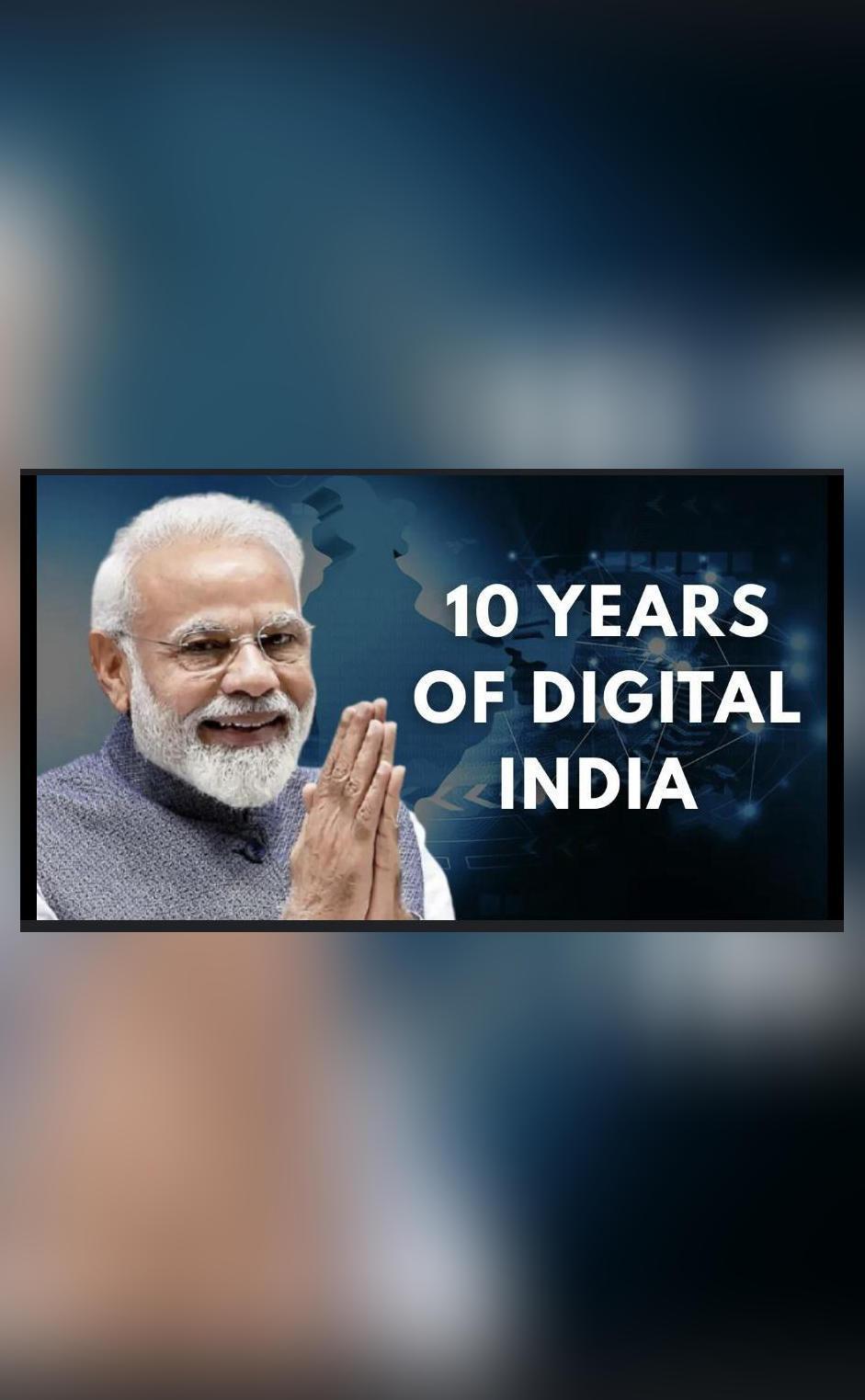
10 years of Digital India: Milestones in tech, health & education
October 2015 marked a significant milestone in India’s journey towards digital transformation. On this day, Prime Minister Narendra Modi launched the ‘Digital India’ initiative, with the ambitious goal of transforming India into a digitally empowered society. Over the past decade, Digital India has made tremendous progress, impacting various sectors such as education, healthcare, MSMEs, and AI. As we celebrate 10 years of Digital India, it’s essential to reflect on the significant milestones achieved and the road ahead.
Education: Bridging the Gap
One of the primary focus areas of Digital India was education. The government aimed to bridge the gap between urban and rural education by providing high-quality digital infrastructure and content. Some notable achievements include:
- E-Pathshala: A digital platform that provides educational resources, including videos, games, and assignments, to students and teachers.
- National Digital Library: A digital repository of educational resources, including e-books, articles, and research papers, accessible to students and researchers.
- Sakshat: A digital platform that allows students to access online courses, educational resources, and interact with teachers.
These initiatives have not only improved access to education but also enhanced the quality of education, making it more engaging and interactive.
Healthcare: Revolutionizing Medical Services
Digital India has also made a significant impact on the healthcare sector, with initiatives focused on improving healthcare services and making medical facilities more accessible. Some notable achievements include:
- Telemedicine: A program that allows patients to consult doctors remotely, reducing the need for physical visits and improving healthcare services in rural areas.
- Healthcare Analytics: A platform that provides real-time data analytics to healthcare professionals, enabling them to make informed decisions and improve patient care.
- Ayushman Bharat: A national health insurance program that provides coverage to over 50 crore Indians, making healthcare more accessible and affordable.
These initiatives have not only improved healthcare services but also enhanced patient engagement and outcomes.
MSMEs: Empowering Local Sellers
Digital India has also focused on empowering Micro, Small, and Medium Enterprises (MSMEs) by providing them with digital platforms and tools. Some notable achievements include:
- ONDC (Open Network for Digital Commerce): A platform that enables local sellers to connect with customers and sell products online, reducing dependence on intermediaries.
- GeM (Government e-Marketplace): A platform that allows MSMEs to sell products to the government, providing them with a stable source of income.
These initiatives have not only empowered MSMEs but also promoted local entrepreneurship and economic growth.
AI: A Key Driver of Digital India
Artificial Intelligence (AI) has been a key driver of Digital India, with the government aiming to develop AI capabilities in various sectors. Some notable achievements include:
- AI Mission: A $1.2 billion mission to develop AI capabilities in India, focusing on applications such as healthcare, education, and finance.
- Affordable GPU Access: The government has made affordable GPU access available to developers and researchers, enabling them to develop AI applications.
These initiatives have not only positioned India as a leader in AI development but also enabled the creation of AI-powered solutions that can address local challenges.
Conclusion
As we celebrate 10 years of Digital India, it’s essential to acknowledge the significant progress made in various sectors. From education to healthcare, MSMEs to AI, Digital India has made a tangible impact on the lives of Indians. As the government looks ahead, it’s crucial to continue investing in digital infrastructure, promoting local entrepreneurship, and developing AI capabilities. By doing so, India can not only maintain its digital momentum but also become a leader in the global digital landscape.
Source:





